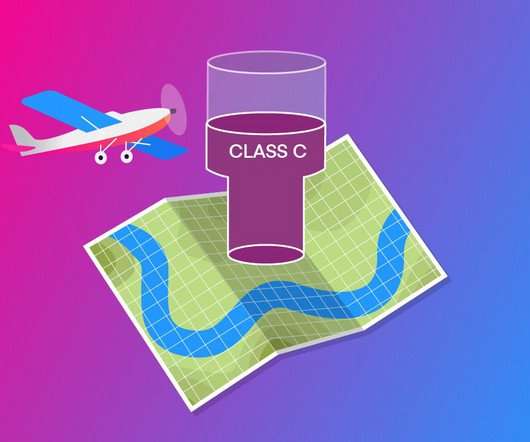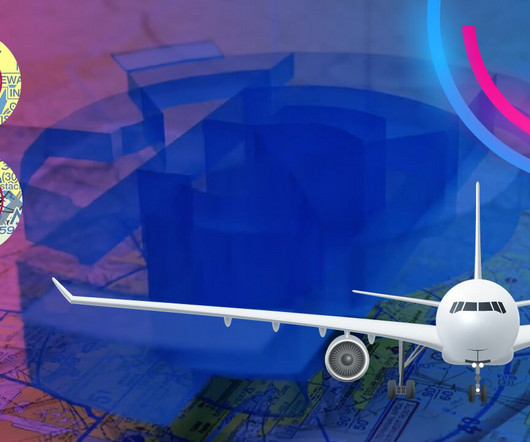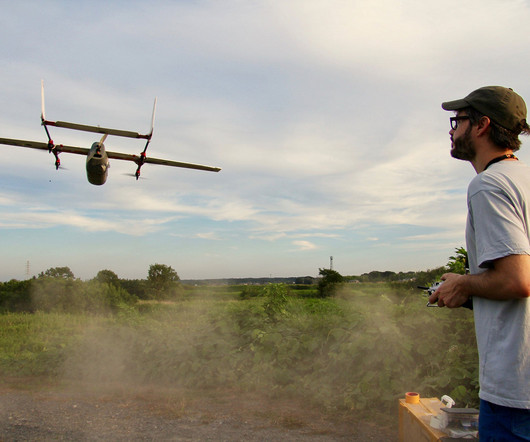Class C Airspace Explained
Pilot Institute
SEPTEMBER 26, 2024
Class C airports’ speed limits require aircraft within 4 Nautical Miles (NM) of the primary airport and below 2500 feet to maintain an Indicated Airspeed (IAS) of 200 knots or less. Only enter Class C after receiving authorization from ATC. Before flying into Class C airspace, a pilot must obtain a clearance from ATC.










Let's personalize your content